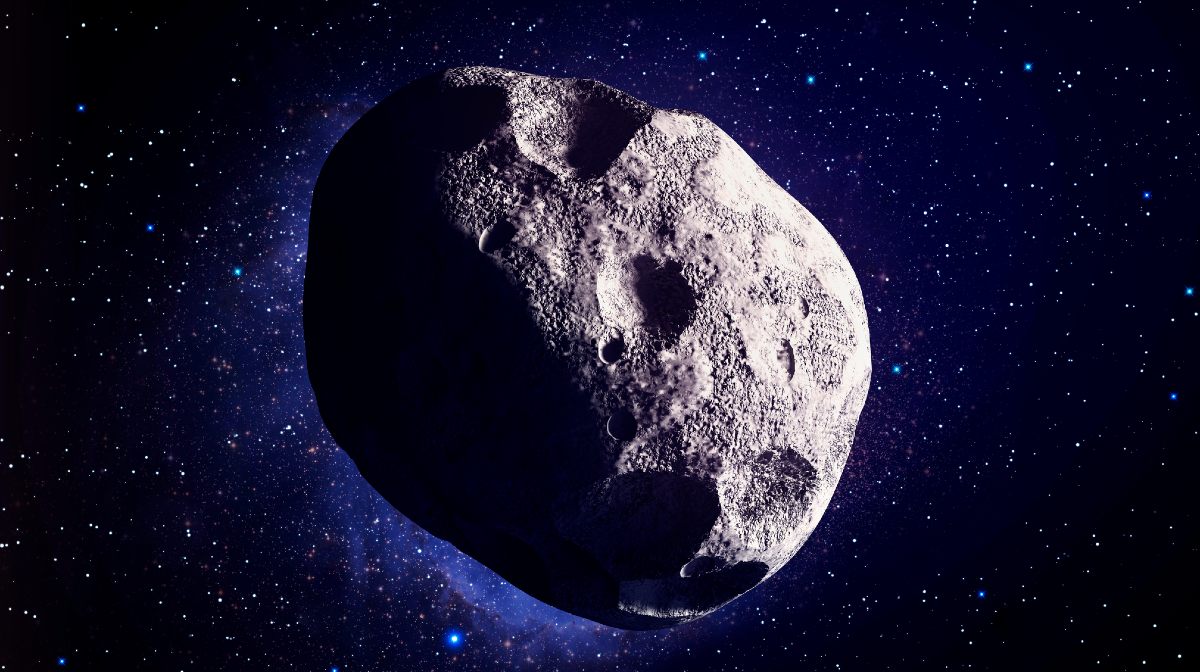What is the Difference Between an Asteroid and a Comet?

Welcome to this exciting space journey where we will explore the differences between two fascinating celestial bodies: asteroids and comets! Our universe is filled with wonders, and these two cosmic entities have sparked curiosity and awe for centuries. In this article, we will delve into their distinctive features, behaviors in space, and how they form. So, get ready to learn in an exciting and straightforward way!

Asteroids
Asteroids are rocky and metallic objects that wander throughout our solar system. They can be found primarily in the asteroid belt, a region located between Mars and Jupiter. These celestial bodies are remnants of the formation of the solar system, and their size can vary from just a few meters to several kilometers in diameter.
Key characteristics of asteroids:
- Rocky and metallic composition.
- Generally stable orbits around the Sun.
- Mostly located in the asteroid belt.
Comets

Comets, on the other hand, are like cosmic dancers gliding through space, leaving behind a brilliant trail. They are primarily composed of dust, rocks, and gases such as methane and carbon dioxide. Unlike asteroids, comets have more eccentric orbits and can travel from the depths of the solar system to approaching the Sun at their perihelion.
Key characteristics of comets:
- Composition of dust, rocks, and gases.
- Highly elliptical orbits that bring them close to and far from the Sun.
- Exhibit a bright coma and tail when they approach the Sun.
The Myth of "Asteroid Comet"
It is common for people to confuse the terms and use the name "asteroid comet." However, it is essential to clarify that these are two distinct celestial objects. Sometimes, some comets may scatter particles and debris, which can be mistakenly called "asteroid comets." But remember, a comet is always a comet, and an asteroid is always an asteroid.
How Do Asteroids and Comets Form?
Formation of asteroids:
The differences in the formation of these celestial bodies are crucial to understanding their distinctive features.
Asteroids are vestiges of the primordial cloud of gas and dust that gave birth to the solar system billions of years ago. When planets formed, Jupiter's gravitational forces prevented these objects from coalescing into a larger planet, leading to their concentration in the asteroid belt.
Formation of comets:
Comets, on the other hand, originate beyond Neptune in a region called the Oort cloud or Kuiper belt. These regions are filled with small frozen particles and rocks. When some disturbance, such as the gravity of a nearby star, affects one of these objects, it can be deflected into the inner solar system, giving rise to a comet.
Cosmic Dance: Orbits and Movements
Asteroids and comets dance around the Sun very differently due to their unique orbits.
Orbits of asteroids:
Asteroids tend to have more circular and stable orbits around the Sun. Their path around our star does not take them as close to the Sun nor as far away as comets.
Orbits of comets:
Comets have highly elliptical orbits that bring them much closer to the Sun at certain points in their trajectory. When a comet gets close enough to the Sun, the heat causes the sublimation of its materials, resulting in the characteristic bright coma and tail that make them so amazing to observe.
Exploring Deep Space: Missions to Asteroids and Comets
Our human curiosity has driven us to explore these enigmatic celestial bodies with space missions.
Missions to asteroids:
We have sent missions to study asteroids up close, such as the Japan Aerospace Exploration Agency's (JAXA) Hayabusa2 spacecraft, which collected samples from the asteroid Ryugu and brought them back to Earth. These missions have provided valuable information about the composition and origin of asteroids.
Missions to comets:
Similarly, space missions like the European Space Agency's (ESA) Rosetta spacecraft have orbited comets and sent landers to study them in detail. The Rosetta spacecraft even accomplished the historic landing on comet 67P/Churyumov-Gerasimenko.
Final Thoughts
In summary, asteroids and comets are two different types of celestial bodies that wander throughout our solar system. Asteroids are rocky and metallic, with more stable and circular orbits, while comets are icy bodies with highly eccentric orbits that bring them close to the Sun at certain points.
We hope this space journey has left you fascinated with the beauty and complexity of the universe that surrounds us. Space exploration continues to unveil new secrets about these enigmatic celestial bodies, and with each mission, our understanding of the cosmos expands.
So, keep looking up and marveling at the wonders of outer space. You never know what new discoveries might be just around the corner!
Deja una respuesta

IMPRESCINDIBLES DE LA SEMANA